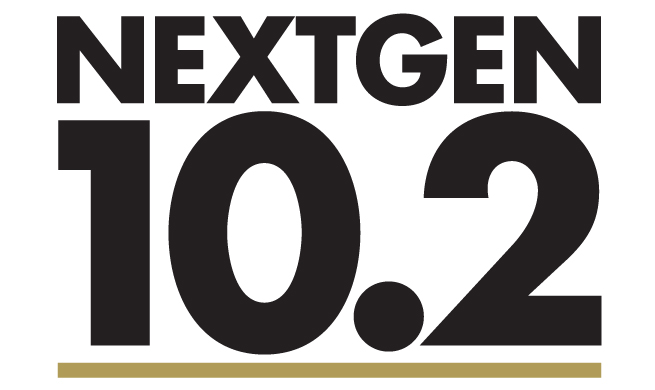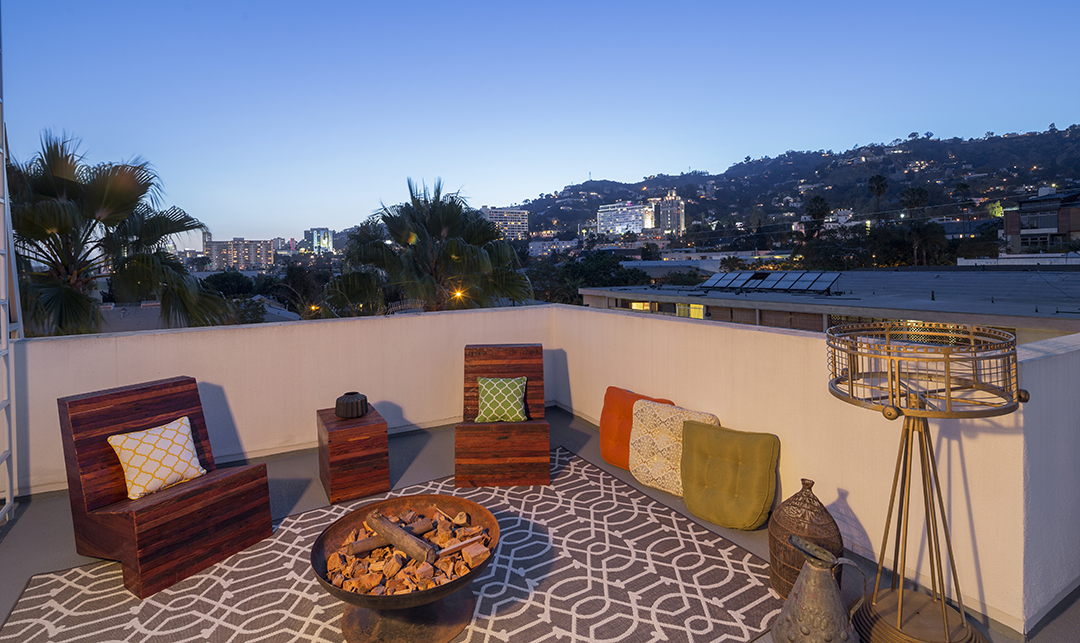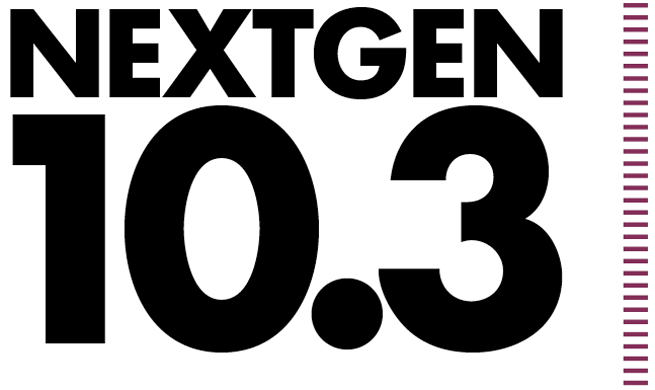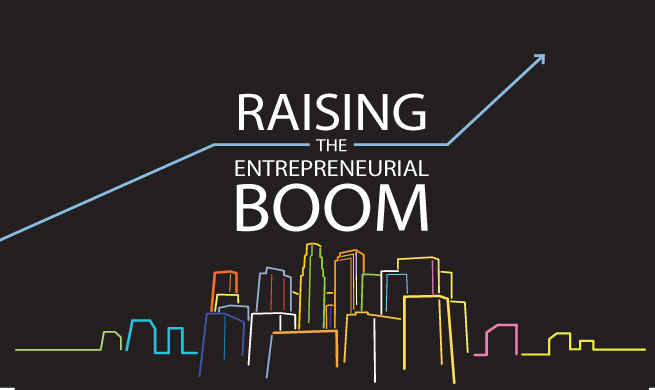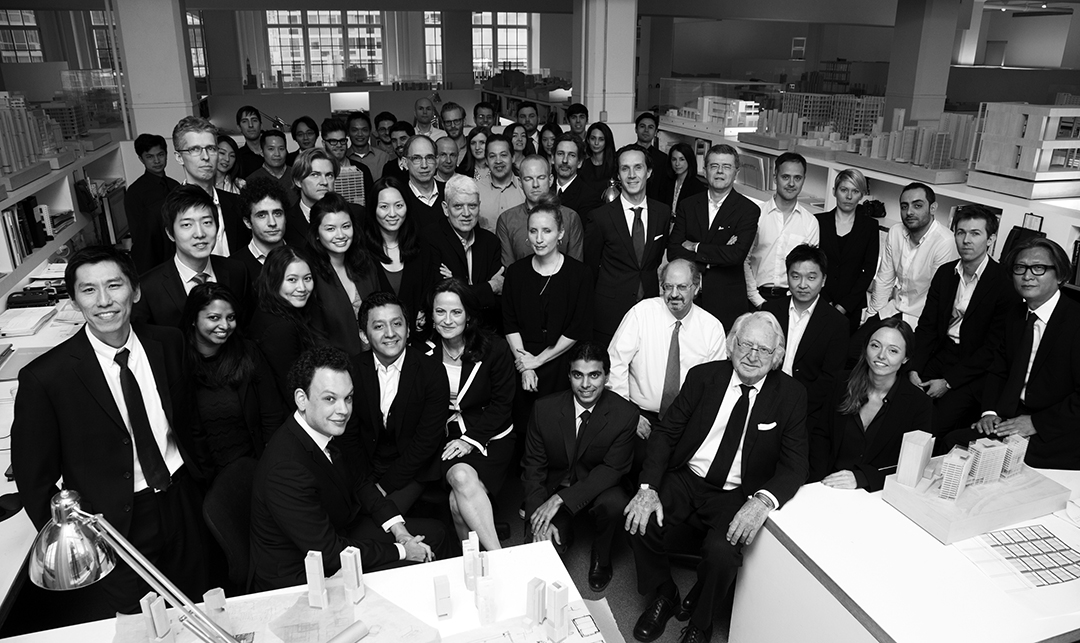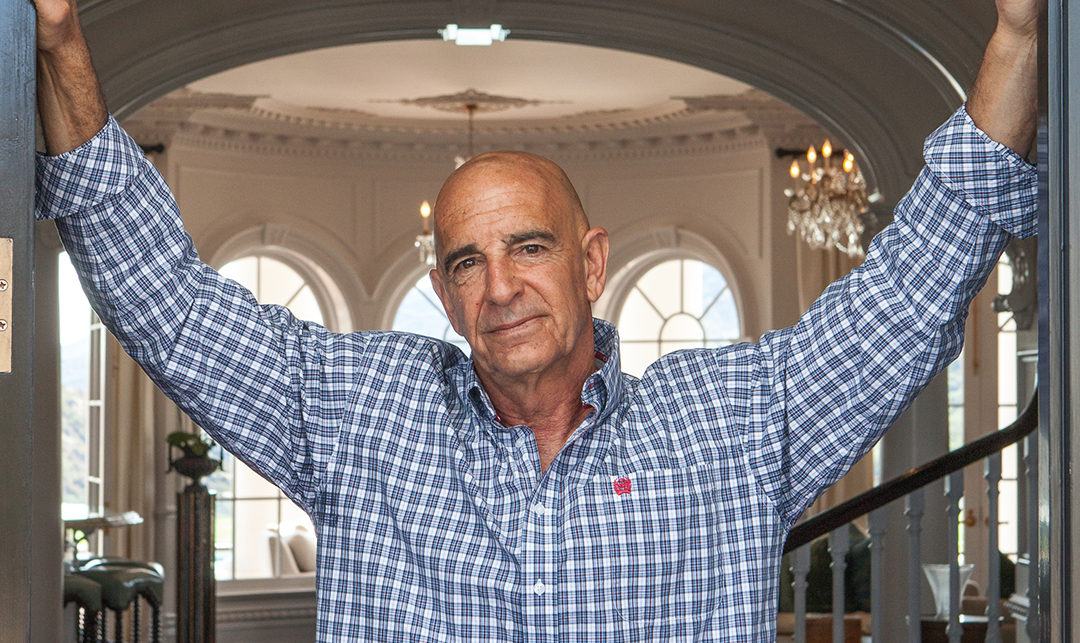In a city built on dreams, Los Angeles is now facing an existential challenge. For many middle-class Angelenos, the dream of stable, affordable housing is slipping further out of reach.
Homeownership has become largely unattainable. According to the National Association of Realtors, only 1 in 5 listings are affordable to a household earning $75,000 a year. With the median home price in Los Angeles at $970,000 (per CBS News), the gap between what middle-income families and individuals earn and what homes cost continues to widen.
Renting also offers little relief, as the average apartment rent in L.A. is about $2,874, per Zillow’s June 2025 Housing and Market Trends report. For households earning $80,000 to $100,000 annually, that means spending well past the federal affordability benchmark of 30% of income spent on rent.
This growing affordability crisis is part of the “missing middle”—a critical shortage of housing options for moderate-income households of professionals such as teachers, nurses, and service workers. These individuals are the backbone of Los Angeles, helping educate our next generation, care for our communities, and boost our city’s economy.
Yet, they face increasingly tough choices between enduring long, costly commutes or leaving the neighborhoods they serve entirely.
For years, housing policy in L.A. has focused on two different ends of the income spectrum. On one end, public investment and resources have supported subsidized housing for low-income residents. On the other end, private investment has driven the production of high-end, luxury units.
But where does that leave the middle? New construction and supply of duplexes, triplexes, courtyard apartments, and multifamily buildings have steadily declined. The result is a structural imbalance that leaves many individuals unable to afford today’s market prices, yet unqualified for subsidized housing.
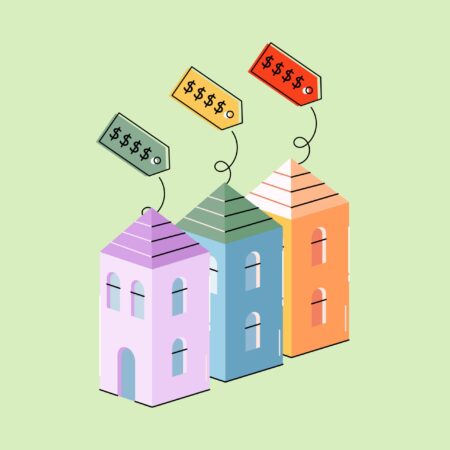
SUSTAINABLE CHANGE REQUIRES BOLD ACTION
A path forward requires strong partnerships between the public and private sectors, working together to overcome systemic barriers—such as restrictive zoning, lengthy permit processes, and outdated parking requirements—that have made it difficult to build or preserve these housing types.
First, the public sector needs to create a regulatory environment that encourages, instead of limits, the development and sustainment of moderate-income housing. We need to reimagine land use, allowing for greater density in areas near transit stations and job centers. With that comes reducing or eliminating parking minimums, especially in downtown, Koreatown, Santa Monica, and Culver City, where alternative transportation options are available.
Today’s projects face months, and sometimes years, of delays due to the lengthy permit approval process. If the permitting process is streamlined, we can avoid delays that add signing costs and the threat of projects being scrapped before they break ground.
Second, the private sector must come to the table with creativity and a commitment to social impact. As developers, we need to prioritize adaptive reuse, thoughtful renovations, and value-add strategies that revitalize the life of existing housing stock. If we invest in energy- and water-efficiency upgrades, we can cut operational costs in half and allocate savings to tenants and other community needs.
Our true, long-term success will come not from flipping assets, but stabilizing them for families and the communities they serve. From years of working in L.A.’s multifamily market as principal of a family-owned investment group, I’ve learned that preservation is equally important as development.
When public agencies and the public work together—whether through incentive programs, joint ventures, or policy innovation—the impact will multiply. Los Angeles is filled with seasoned architects and builders who have a history of completing projects in the proper timeframe, but they need to be trusted to help deliver on public goals and interests.
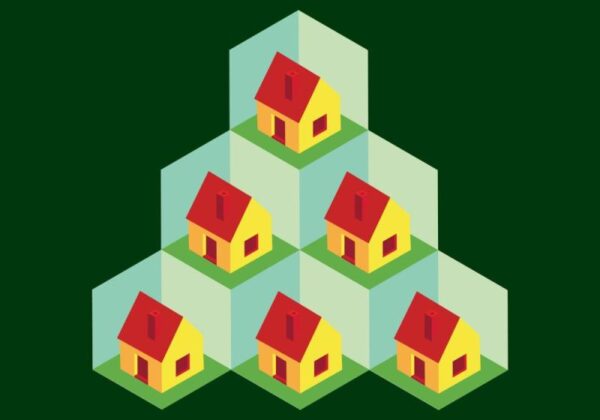
Programs should make moderate-income housing as financially viable as market-rate projects, using tools like tax credits, density bonuses, and creative financing tied to affordability. Accessory dwelling units (ADUs) and lot splits have demonstrated early potential, but we need to dig deeper.
Los Angeles needs a reset in how it approaches housing at every level of the income continuum. But it will require all of us, across sectors, to rethink what’s possible and work together toward a more inclusive housing landscape.
Without bold reforms and true collaboration, the missing middle will continue to be displaced—taking with it the teachers, nurses, first responders, and service workers who are a vital core of the city.
Nathan Kadisha is the founder and principal of K3, a Los Angeles-based real estate investment firm that owns and operates over thousands of multifamily units across the city.





